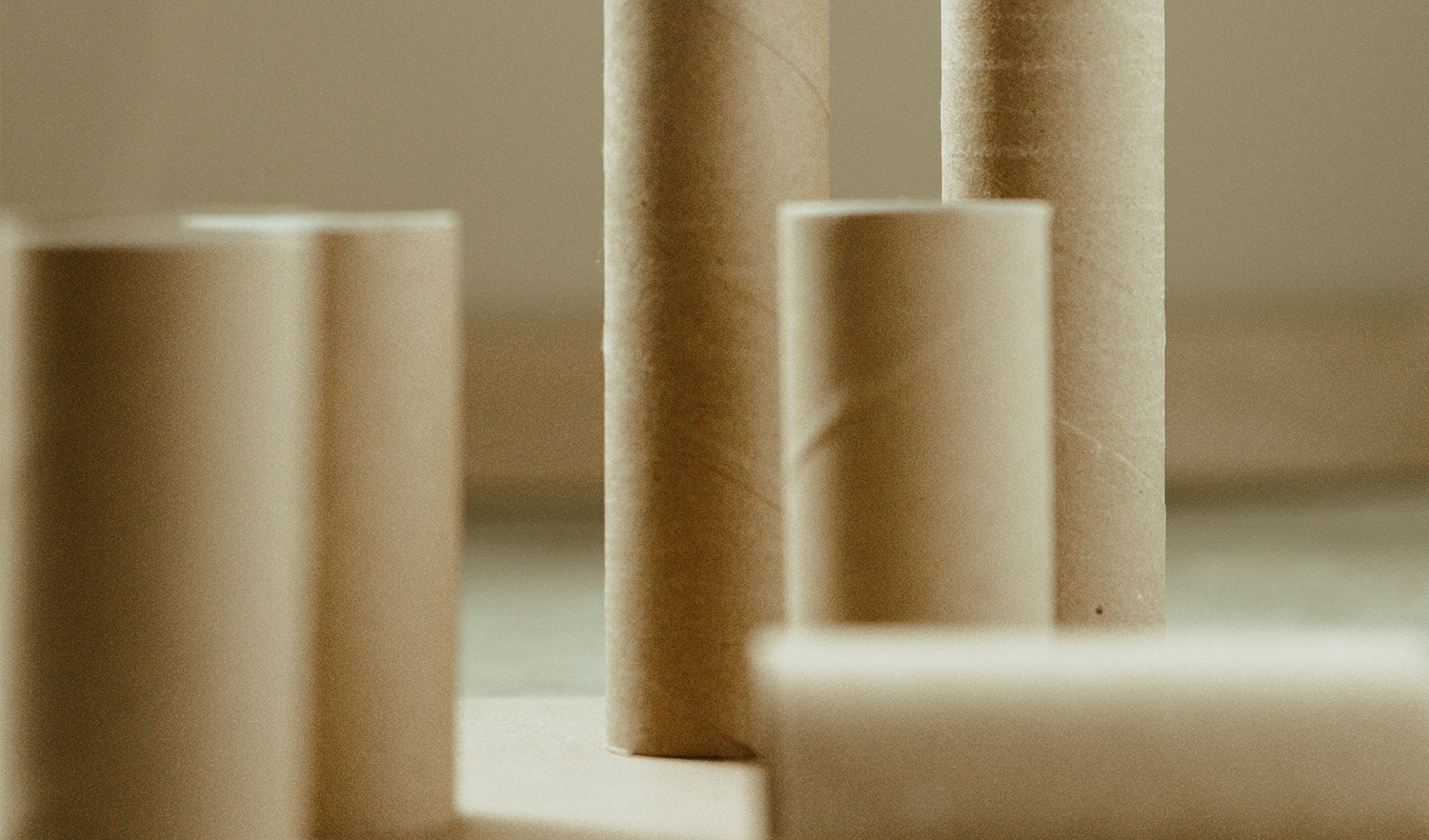Sustainability has brought to the fashion industry a set of concepts that, although it’s true that they are increasingly present in the vocabulary of professionals in the fashion industry, are rarely explained with the clarity that is required. Cradle to Cradle, also known as C2C, is one of those terms that is repeated endlessly and isn’t yet well understood. We invite you to investigate one of the most notorious concepts to discover its link with circularity and elimination of waste in the fashion industry. Pay attention because the Cradle to Cradle philosophy has come with the mission of transforming the way your business designs, manufactures and recovers its textile products.
The ultimate goal of the Cradle to Cradle system is to ensure the creation of a positive impact on people and the planet through the principles of an ideal circular economy
Described in an easy and understandable way for everyone, the Cradle to Cradle approach in fashion requires reformulating the conventional design of products and their manufacturing system to create a closed loop inspired by nature in which all materials are in continuous use. Therefore, the ultimate goal of the Cradle to Cradle system is to ensure that fashion businesses aren’t only sustainable, but also regenerative, creating a positive impact on people and the planet through the principles of an ideal circular economy.
When we talk about Cradle to Cradle, we’re referring to the scope, to the perspective we take to assess the comprehensive impact of textile products through Life Cycle Assessment. Depending on the objective of the study, we can choose between several system limits when developing an LCA. While Cradle to Cradle accepts that the waste can be reintegrated into the same or another system as raw materials, there are other scopes with different limitations when evaluating the product life cycle:
- Cradle to Gate. It includes from the extraction of resources, through the transformation of materials and the entry into manufacturing, to the exit from the manufacturing plant. At BCOME we implement this approach in our Life Cycle Assessments to offer you the information you need in order to implement improvements in all those processes that your business can control.
- Gate to Gate. When only the inputs and outputs of the manufacturing processes are considered.
- Cradle to Grave. It considers the total life cycle of the product. This includes the extraction of raw materials and the processing of materials necessary for the production of components and products, transportation, storage, distribution, use of the product and, finally, its recycling and/or waste disposal, contemplating its end of life.
The main novelty of C2C compared to the rest of the limits established to define the impact of products is that Cradle to Cradle conceives articles smartly with the aim that their end of life is like that of a natural element, initiating a new cycle after its “death”. Under this concept, everything is transformed and reused. Cradle to Cradle highlights the need to design considering that everything can be safely returned to the earth as biological nutrients, or reused as high-quality materials for new products such as technical nutrients without pollutants.
This is how the C2C system emulates the flows of nature:
- Biological cycle. These processes include the deterioration of organic materials and their incorporation into biological organisms. Fashion industry products designed from biodegradable materials participate in the biological cycle after use through decomposition.
- Technical cycle. It ensures the non-generation of waste since materials or products can become raw material to generate another product at the end of their life with the same or better features. Those typically “non-renewable” materials are technical nutrients, designed to circulate safely and continuously throughout the useful life of textile products.
It’s important to highlight the advantages of the technical cycle compared to conventional recycling. Although both favor the recovery of elements, the current recycling system results in materials that are qualitatively reduced in each round of recycling.
Adopting a Cradle to Cradle approach is essential for fashion companies to minimize the waste generated by their activity
The current fashion industry has a huge problem of overconsumption fueled by a system of voracious overproduction. This issue accentuates the growth of textile waste that is generated each year, only 13% of the total input of materials is recycled in some way after wearing the garments, the majority ends up in landfills or is incinerated.
Adopting a Cradle to Cradle approach when designing products, developing their production and marketing, identifying where waste can be reduced and how it can be recovered, is essential for fashion companies to minimize the waste generated by their activity. The measures recently approved by the European Commission to promote circular fashion will force many countries to implement regulations that encourage the reintroduction of waste generated by the textile industry in the production cycle.
The days of the “take-make-dispose” system are numbered for businesses and consumers. The C2C philosophy suggests that human beings can learn from nature, imitate its flows to achieve a harmony in which all the materials used can be reused, returned to the industrial cycle or returned to the environment without the need to pollute.
At BCOME we work to get closer to this change of mindset. We offer tools that seek to bring transparency to the supply chains of fashion brands with the aim of creating better products for the planet and people. We want to provide the information you need to make decisions that drive the transformation of your business. We want your brand to be part of the fashion that is to come, join the change!






